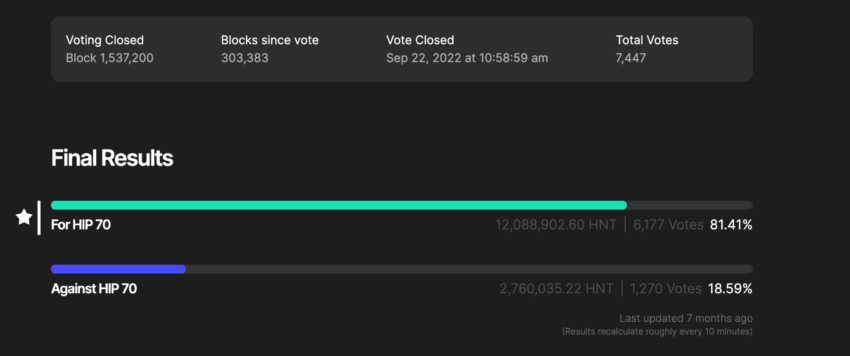Ethereum to be the ‘primary ramp to crypto’: Ex Galaxy Exec

- Joshua Lim is a former head of trading at top crypto brokerage Genesis Global Trading.
- Lim breaks down why bitcoin’s investment case is weaker than ever.
- Ethereum’s energy use, its deflationary nature and the pivot from bitcoin make it attractive.
Despite a months-long rout in the crypto markets, it has been a historic year for Ethereum’s network.
The merger—a technical upgrade that transitioned Ethereum from an energy-intensive Proof of Work (PoW) to Proof of Stake (PoS) consensus mechanism—eventually took place. It was the “most ambitious thing” the industry has ever seen and the single most important event in crypto history after the invention of bitcoin and ethereum, ConsenSys’ Ben Edgington previously told Insider.
Edgington, who has been working on the upgrade for the past 4.5 years, described the merger as “replacing the engine in the middle of the plane” while “fundamentally reconstructing a chain that has hundreds of billions of dollars in value.”
However, despite the success of the upgrade, markets cannot shake off tough macro conditions and prices continue to fall. Bitcoin and ethereum were both down more than 70% from their all-time highs, according to Messari, as of Wednesday.
Joshua Lim, a former head of trading at both Genesis and Galaxy Digital, predicts that ethereum will be the “primary ramp for crypto” in the future.
ETH challenges BTC
Ethereum could challenge bitcoin as “crypto’s dominant reserve and funding vehicle,” Lim told Insider.
Bitcoin is both the oldest cryptocurrency and leads the trillion dollar industry by market capitalization. Bitcoin’s requisite of value is relatively simple: a store of value with a limited supply of 21 million, which proponents say creates a hedge against inflation. However, amid nearly 40-year high inflation and a looming recession, bitcoin’s price has continued to decline.
The first wave of institutional and mainstream interest in crypto came through bitcoin, Lim says, but the second will be via ethereum.
In 2020, Paul Tudor Jones – one of Wall Street’s most successful hedge fund managers – revealed that bitcoin was in his portfolio when central banks started printing more money. Large public companies such as MicroStrategy and Tesla also began snapping up bitcoin for their reserves. MicroStrategy, a software company founded by Michael Saylor, bought $425 million worth of bitcoin in August and September 2020. After that, Morgan Stanley became the first major US bank to give certain wealthy clients exposure to bitcoin funds.
“The next logical stop for bitcoin is to replace gold as a non-sovereign store of value,” Saylor said at MarketWatch’s Best New Ideas in Money Festival.
Ethereum won’t overtake bitcoin’s market cap for at least “several quarters,” Lim says, citing the Federal Reserve’s focus on fighting inflation.
“Will a flip happen? It will take another big macro rally for risk assets to cement institutional preference for ethereum,” he said.
Lim added: “We have seen massive inflows into ethereum as a financial asset before. In the 2017 cycle, retail investors piled into ethereum as a run-up to ICOs. In this cycle, institutional investors recognized ethereum as the base layer for much of DeFi and stablecoin activity, so a lot of fresh capital entered the asset class via ethereum over bitcoin.”
Ether as a deflationary asset and the ESG narrative
Lim says that “the prospect of ether becoming deflationary under PoS made it marginally more attractive to investors.”
The merger not only drastically reduced Ethereum’s energy usage, but also changed the economics of the network.
The move to PoS reduced Ethereum’s issuance by 4.2% a year, according to Citigroup, making it a deflationary asset and improving its case as a store of value. In an August note to clients, the firm described the move to PoS as a way to turn ethereum into a “yielding asset” with “cash flows.”
The ESG narrative may also draw institutional capital towards ethereum. Bitcoin, which trades under a PoW model, uses an estimated 150 terawatt-hours of electricity per year, according to the Cambridge Bitcoin Electricity Consumption Index. This is more than the entire country of Argentina, which has a population of 45 million.
“The 99.95% improvement in energy efficiency under ethereum PoS is a simple ESG narrative that allocators can point to,” Lim added.























